
How did ancient Africans protect their textured hair?
Ancient Africans protected textured hair through natural oils, intricate protective styles, and communal rituals rooted in deep cultural understanding.

What historical tools shaped textured hair grooming?
Historical tools, from ancient combs to hot picks, shaped textured hair grooming as profound extensions of heritage.

In what ways did ancient tools reflect cultural identity and hair care heritage?
Ancient hair tools for textured hair conveyed cultural identity through symbolic carvings and were central to care heritage.
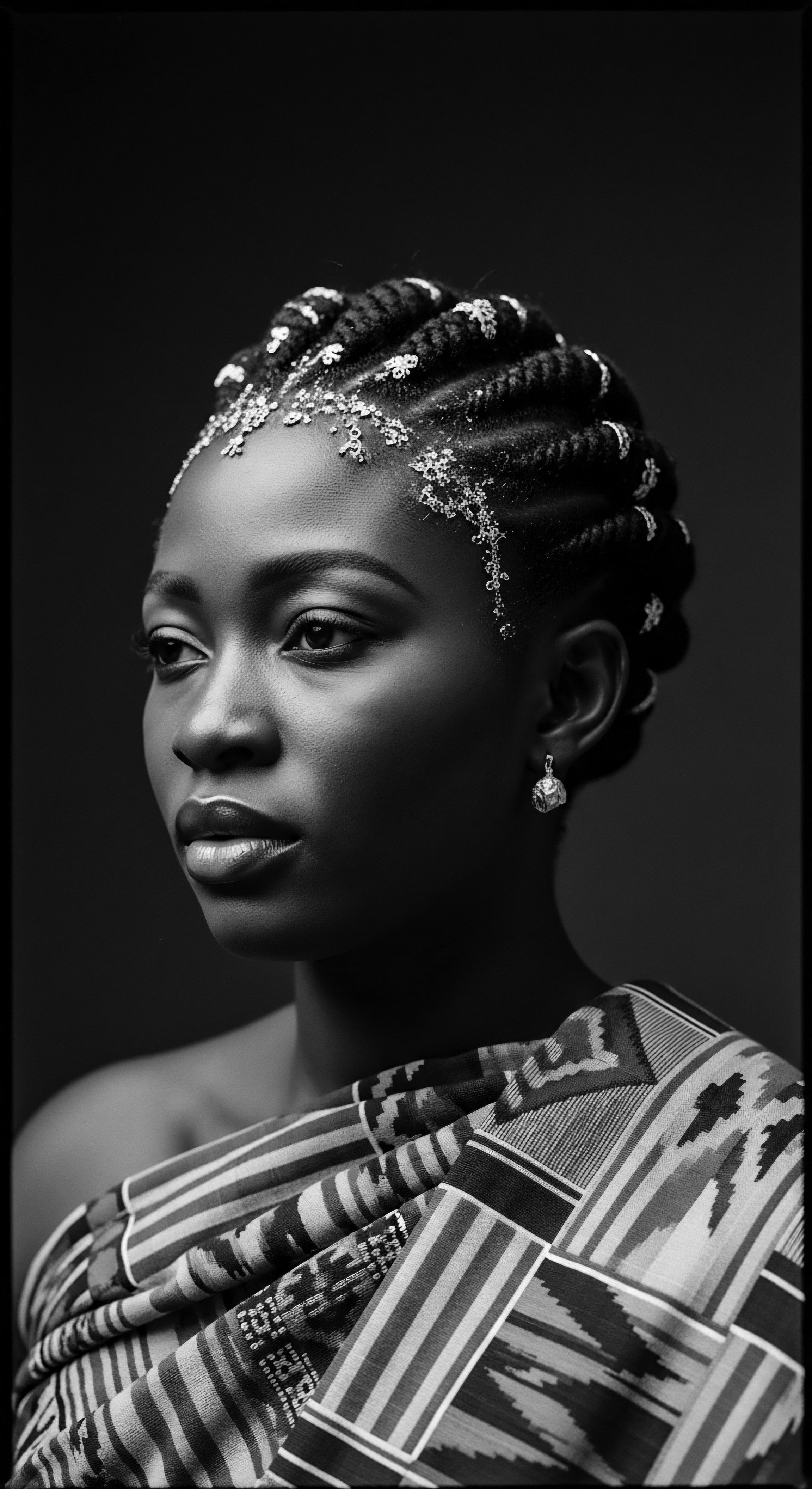
What materials comprised ancient African combs?
Ancient African combs were often crafted from natural materials like wood, bone, and ivory, reflecting ecological wisdom and hair heritage.

What ancient tools shaped textured hair care routines for centuries?
Ancient tools like wide-toothed combs and threading materials adapted to textured hair’s unique biology, reflecting deep cultural heritage.
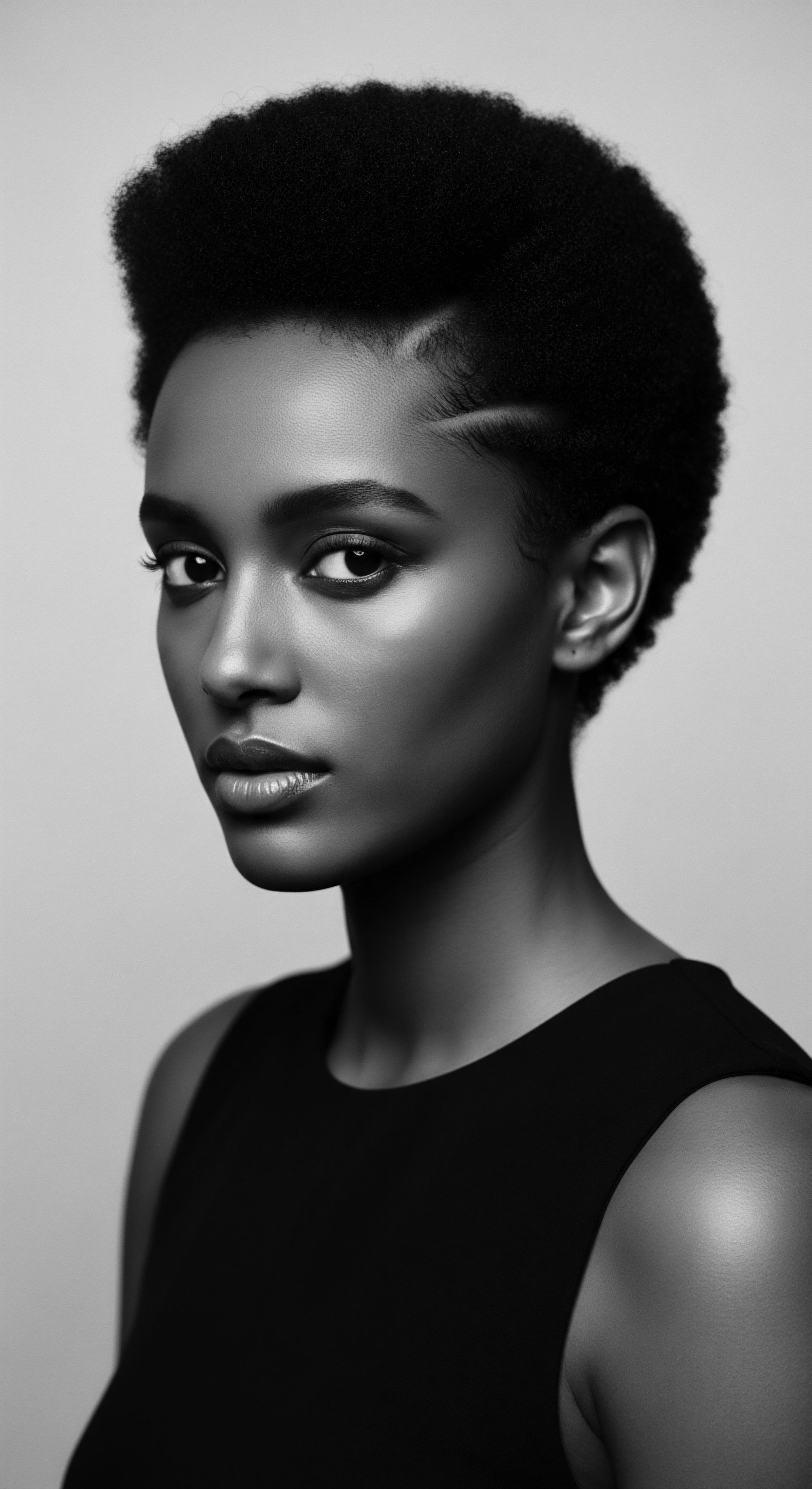
How did ancient tools adapt to textured hair?
Ancient tools adapted to textured hair through intuitive design of wide-set combs, natural material use, and ritualistic application.

In what ways did historical hair tools reinforce Black hair heritage?
Historical hair tools anchored Black hair heritage through functional ingenuity, cultural symbolism, and communal rituals of care and identity.
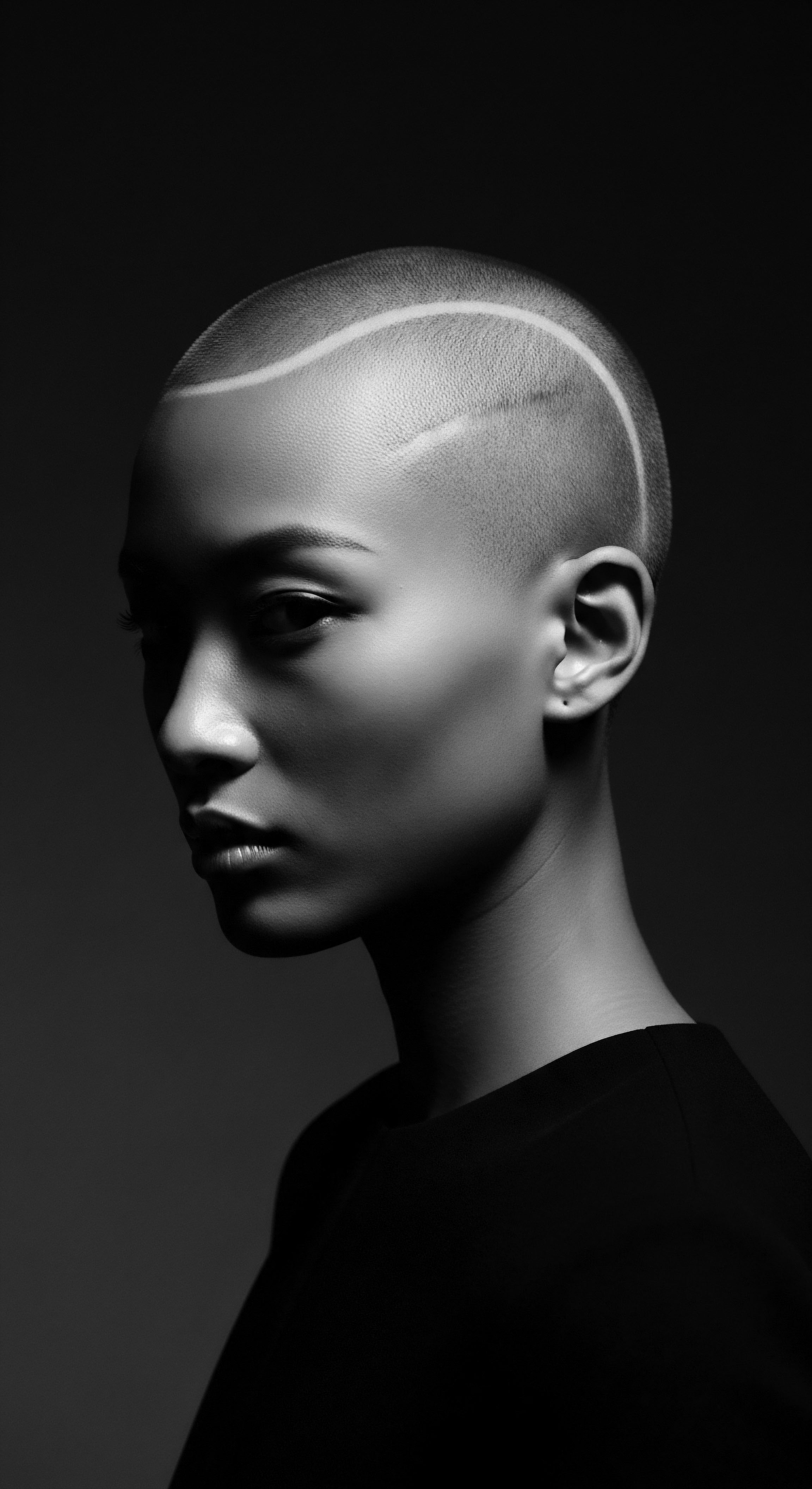
How ancient practices shaped textured hair tools?
Ancient practices shaped textured hair tools by grounding their design in an intuitive understanding of hair biology and its deep cultural heritage.

What ancient tools continue to influence contemporary textured hair care?
Ancient tools like wide-toothed combs and natural oils continue to shape contemporary textured hair care, embodying a heritage of intuitive knowledge and cultural symbolism.

In what ways do historical hair combs echo in modern textured hair care?
Historical hair combs echo in modern textured hair care through enduring designs, ancestral wisdom, and their central role in preserving hair heritage.
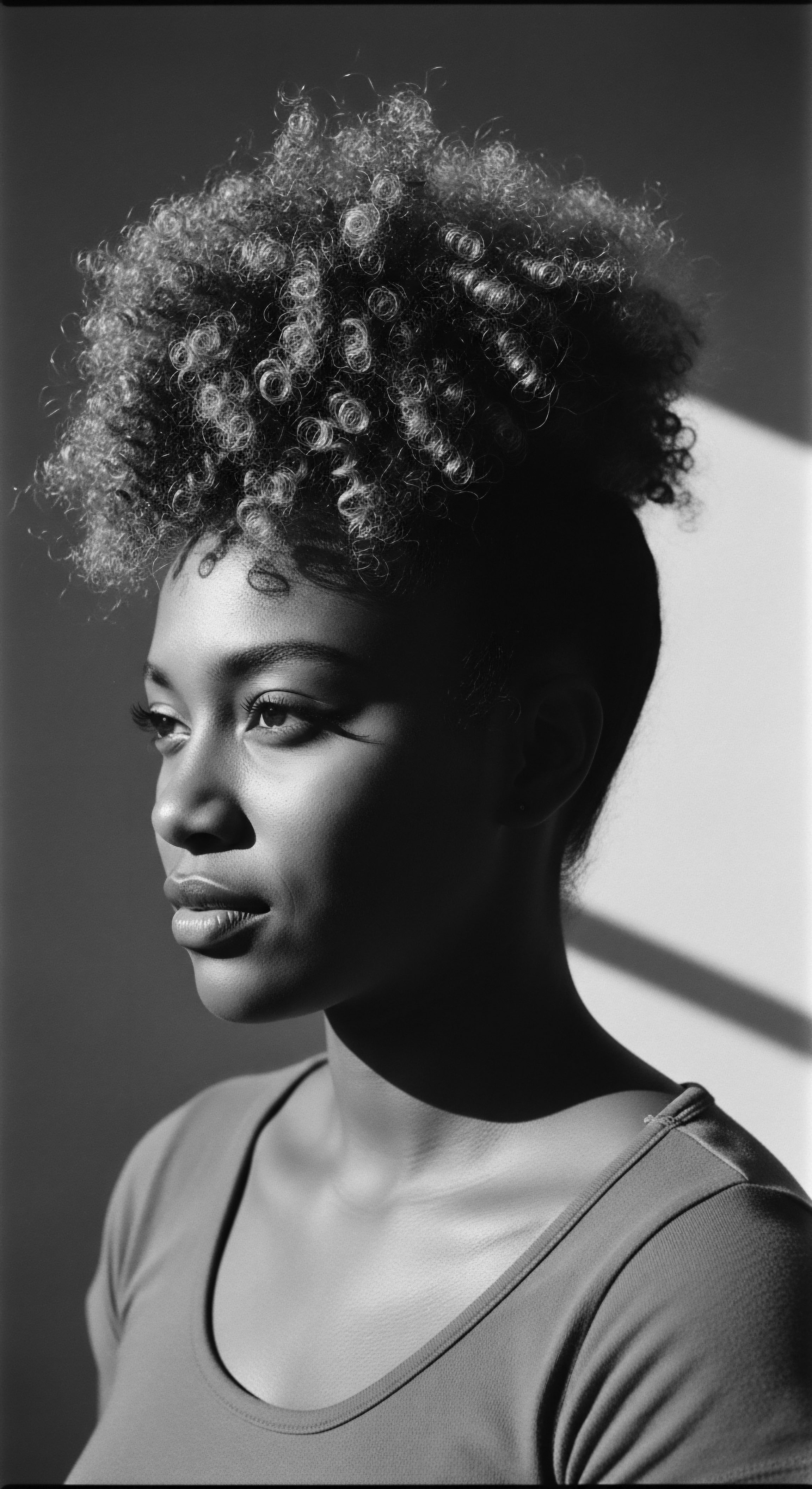
What materials were used for early combs for textured hair?
Early combs for textured hair were predominantly crafted from wood, bone, ivory, and horn, reflecting both available resources and deep cultural significance rooted in heritage.

How did ancient tools adapt to textured hair’s needs?
Ancient tools adapted by prioritizing gentle detangling and protective styling, echoing ancestral knowledge of textured hair’s unique structure.

How did early textured hair tools symbolize status?
Early textured hair tools were powerful symbols, communicating social status, spiritual connection, and cultural identity across diverse heritage practices.

How did ancient tools protect textured hair’s moisture?
Ancient tools protected textured hair’s moisture by facilitating the application of natural emollients and enabling protective styles that sealed hydration.
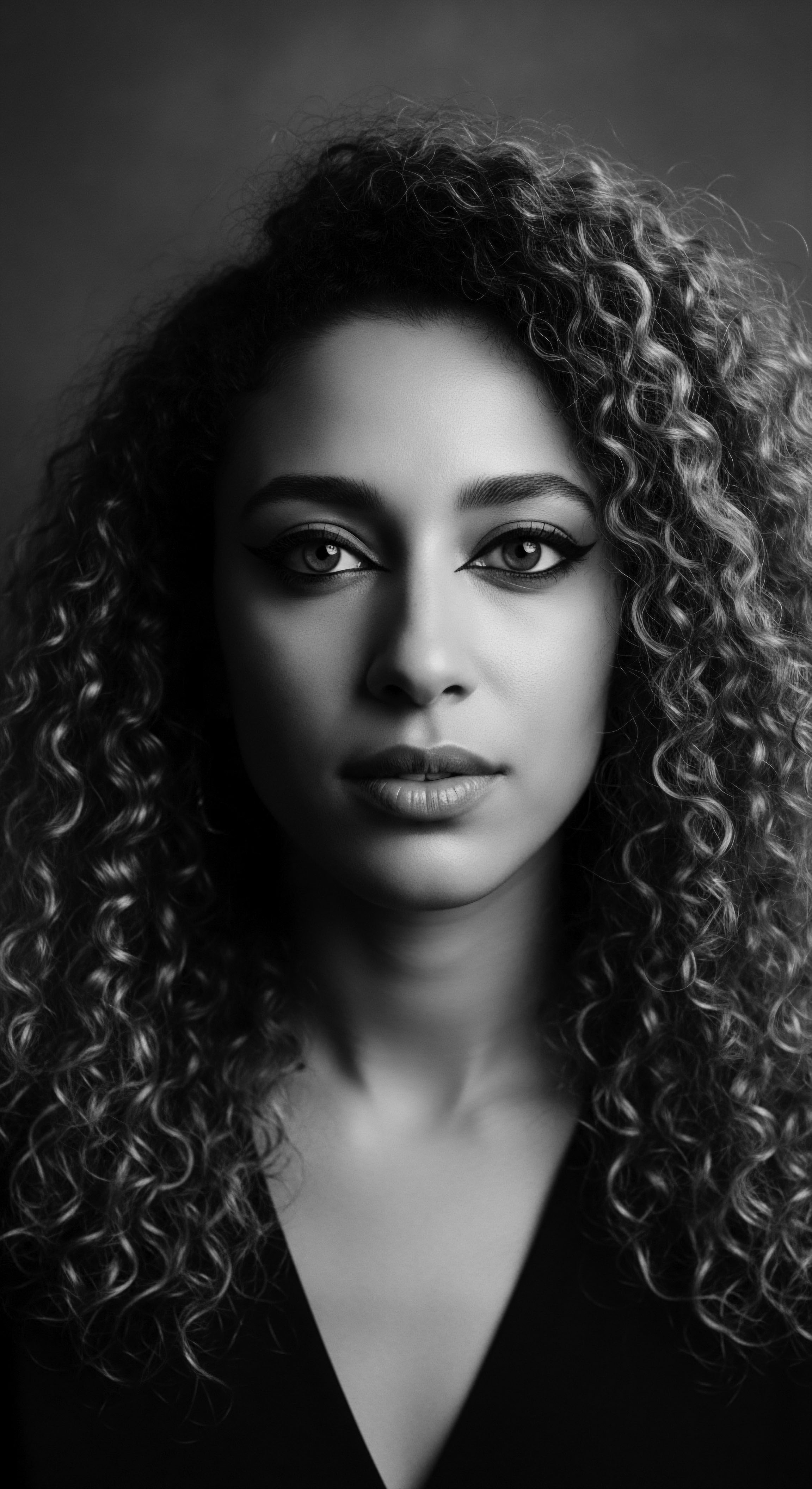
What ancient tools supported hair care for textured hair?
Ancient tools for textured hair, like carved combs and natural fibers, were integral to heritage, expressing identity and promoting well-being.

Were ancient headrests specifically designed for textured hair care?
Ancient headrests were thoughtfully designed to elevate and protect intricate textured hairstyles, preserving their form and cultural meaning through the night.

What Kemetian tools shaped textured hair heritage?
Kemetian tools, especially wide-toothed combs and natural oils, shaped textured hair heritage by establishing practices for care and cultural expression.

How did ancient tools honor textured hair?
Ancient tools honored textured hair by facilitating care, symbolizing identity, and preserving cultural heritage.

How did ancient tools support textured hair?
Ancient tools supported textured hair through intentional design, natural materials, and communal rituals, reflecting a deep heritage of care and identity.
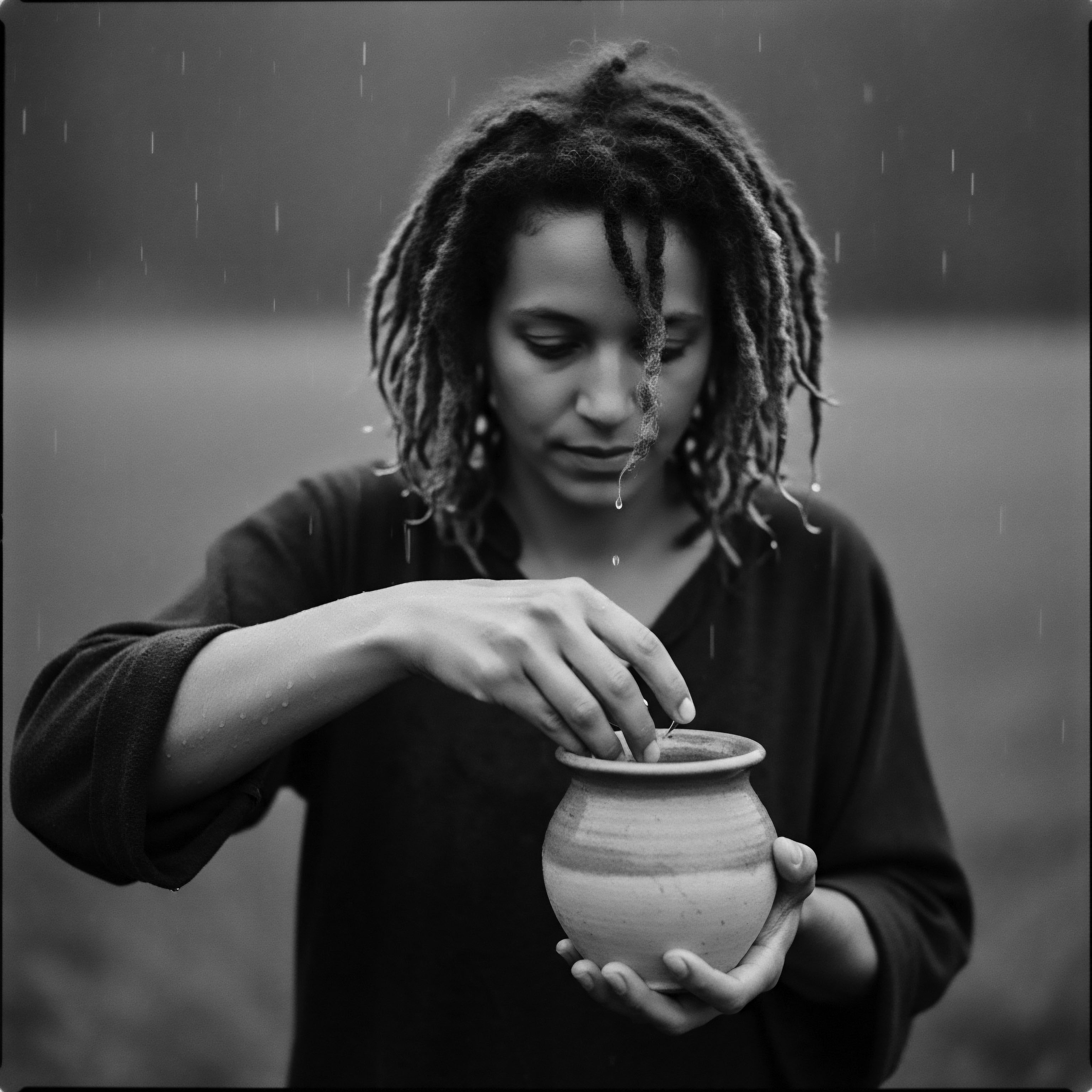
What cultural wisdom did ancient hair care tools transmit across generations?
Ancient hair tools transmitted profound cultural wisdom, guiding textured hair care and symbolizing identity across generations.

How do ancient hair tools relate to heritage?
Ancient hair tools serve as tangible links to the heritage of textured hair, reflecting ancestral wisdom and cultural significance.

Which ancient comb shaped textured hair?
Ancient wide-toothed combs from African civilizations shaped textured hair, upholding cultural heritage and ancestral wisdom.

What ancestral hair care practices influenced protective comb designs for textured hair?
Ancestral hair care practices shaped protective comb designs for textured hair through centuries of cultural insight and material innovation.

How do ancient hair tools connect to textured hair heritage?
Ancient hair tools connect to textured hair heritage by embodying ancestral wisdom for gentle care and shaping, reflecting deep cultural identity.
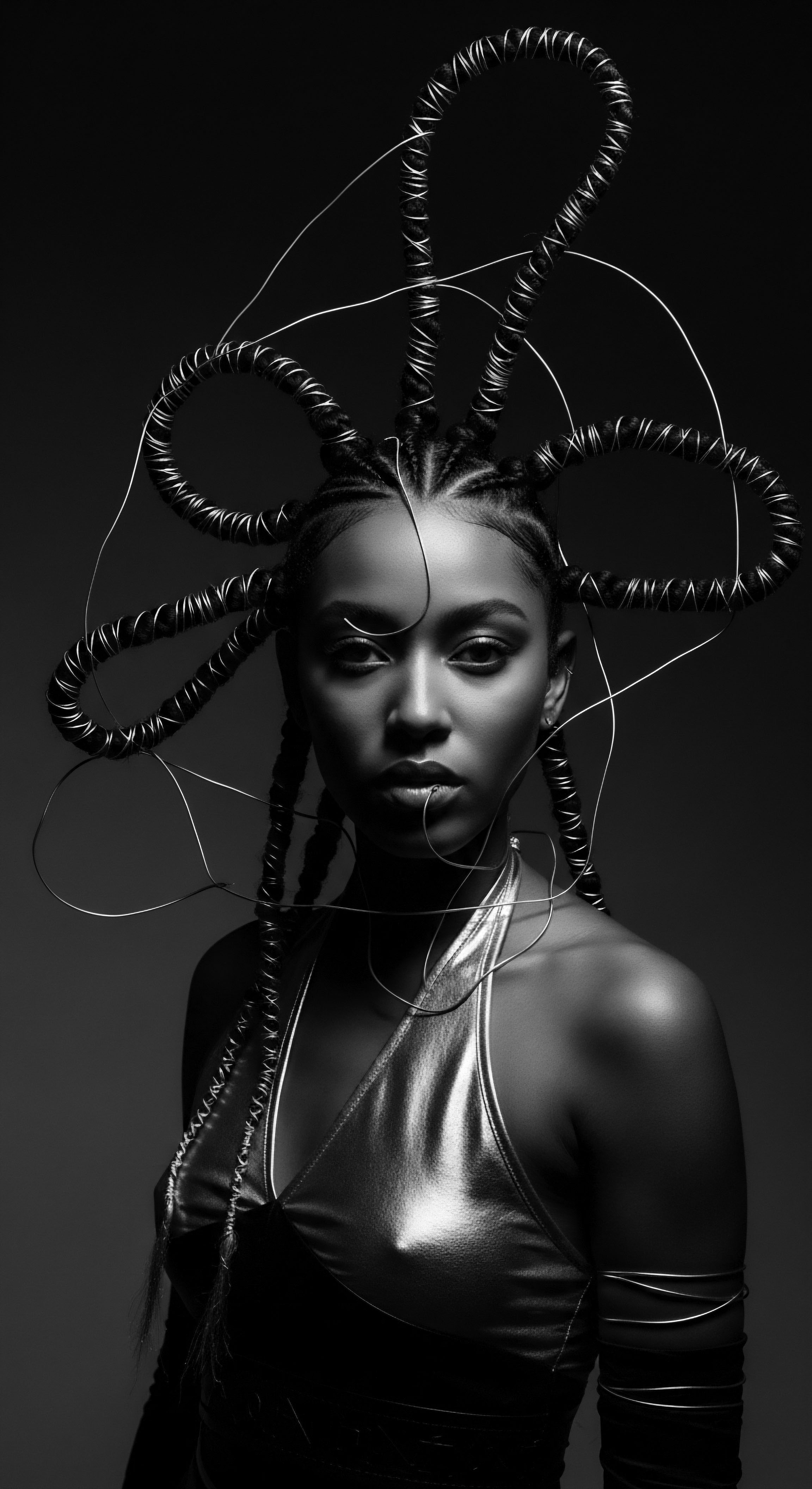
How do ancient hair tools connect to modern care?
Ancient hair tools connect to modern care by demonstrating timeless principles of gentle handling, protection, and cultural identity for textured hair heritage.

In what ways do historical hair care practices involving combs persist today for textured hair?
Combs for textured hair today reflect ancestral designs, prioritizing wide-spaced teeth for gentle detangling, maintaining a deep connection to heritage.

How did ancient tools shape hair science?
Ancient tools revealed textured hair's unique nature, influencing its care through enduring cultural practices.

How did early hair tool materials reflect the resilience of Black hair traditions?
Early hair tool materials reflect Black hair traditions' resilience through resourceful adaptation and cultural preservation.
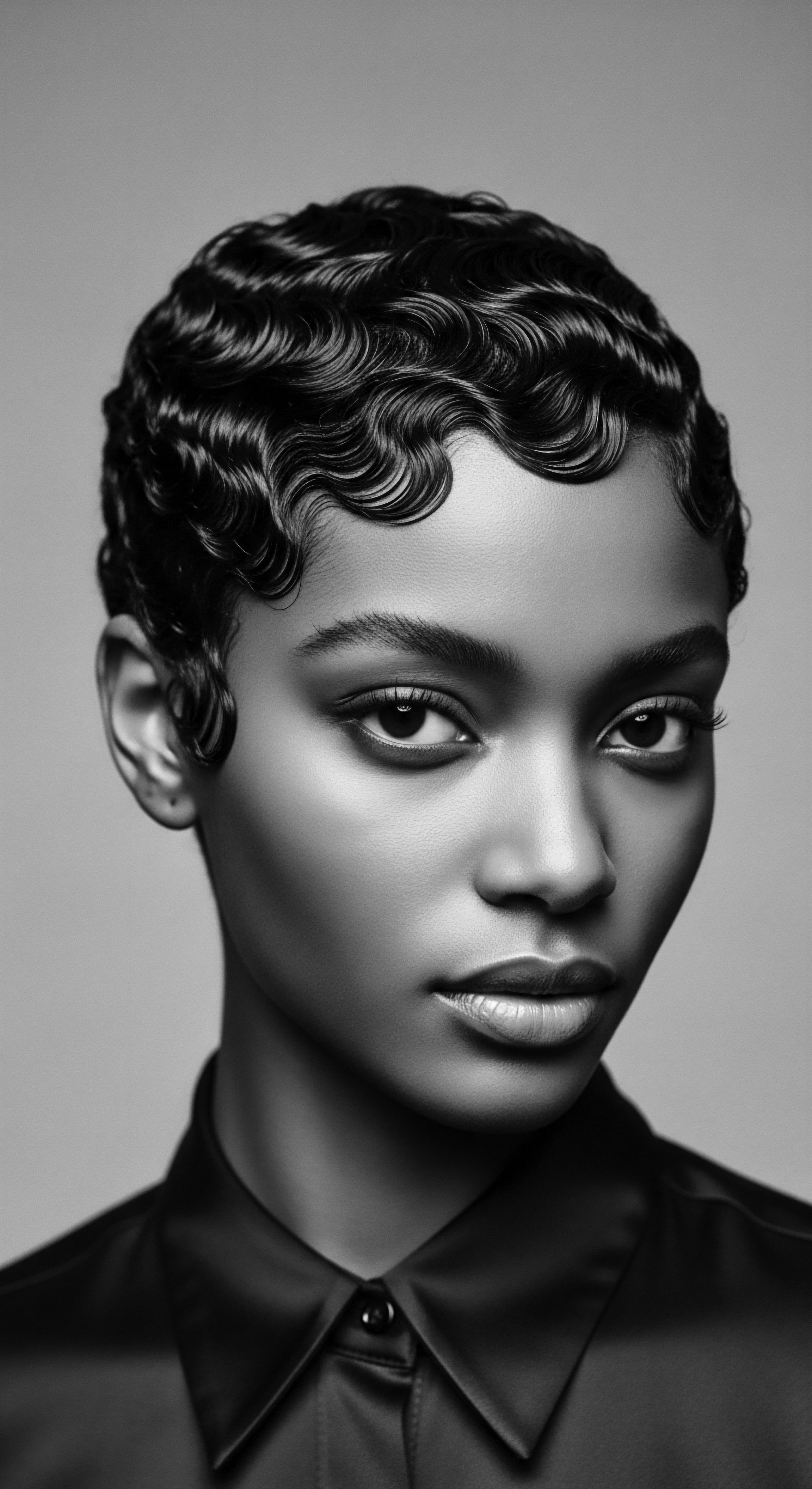
Did ancient African communities use specific tools for textured hair care?
Ancient African communities employed specialized tools like wide-toothed combs and styling needles, crafted from natural materials, to care for and adorn textured hair, deeply rooted in cultural heritage.

